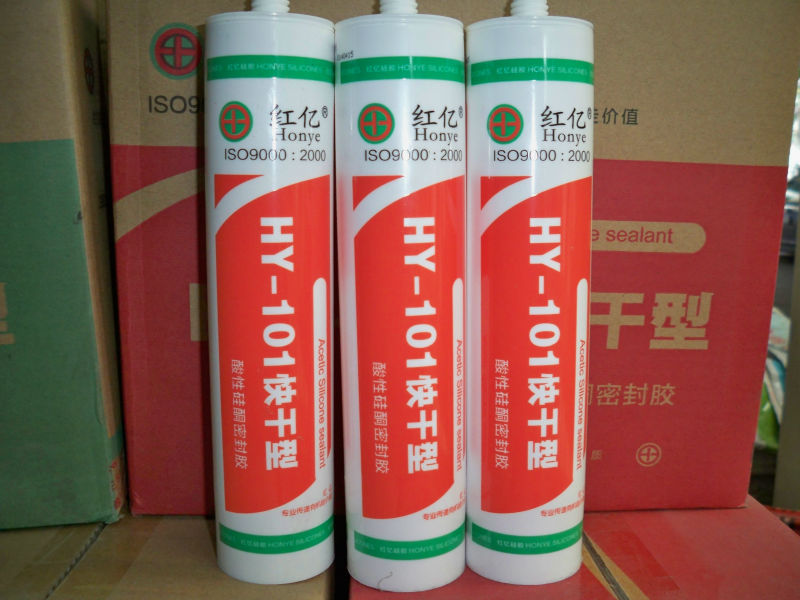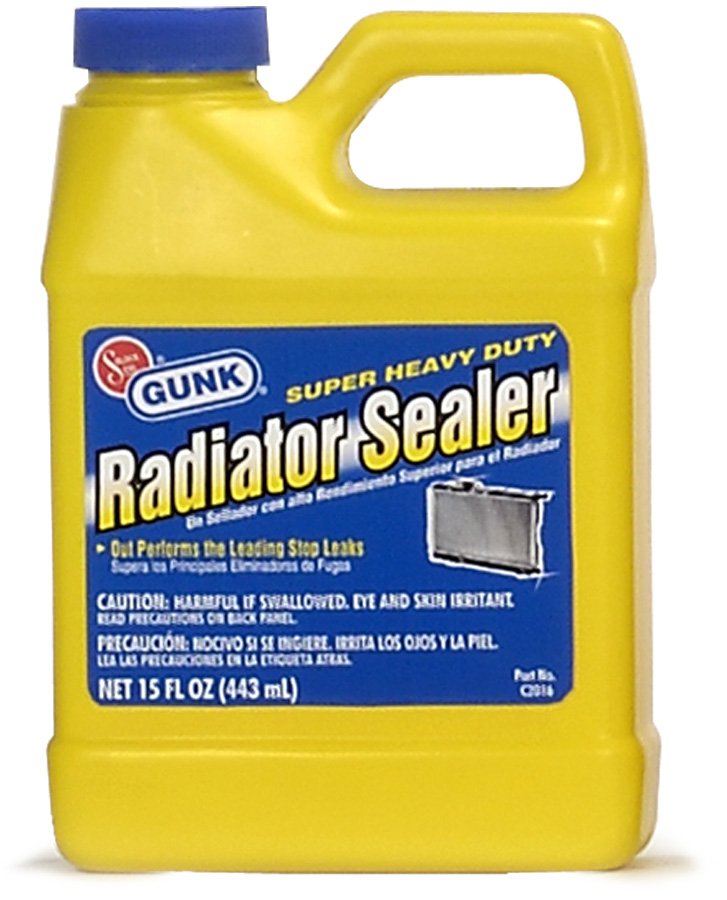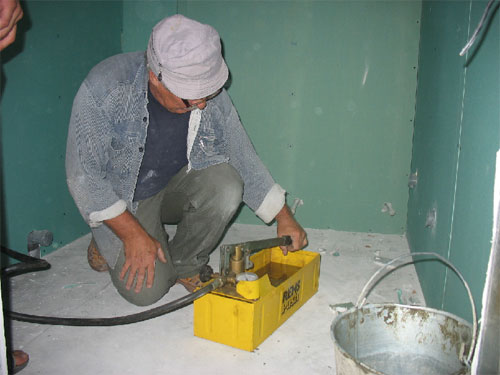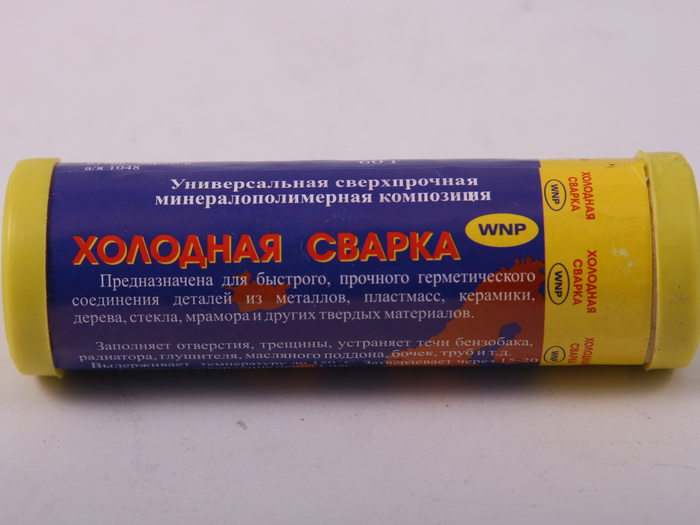Radiator sealant. Liquid products in the form of gels and putties
As you know, it is not easy to build an absolutely hermetic heating system with a liquid coolant. But, even if it succeeded, leaks may certainly appear during operation. And in this situation, it's time to decide which radiator sealant is better and how to use it for its intended purpose.
What to consider when choosing

There is a wide range of sealants on the market, which are distinguished by consistency, degree of hydrophobicity, degree of resistance to high temperatures, durability and, of course, price.
The first thing you should pay attention to when choosing these tools is their resistance to deformation. The fact is that an increase and subsequent decrease in the temperature of the coolant leads to expansion and subsequent narrowing of all elements of the system through which the coolant circulates.
If the sealing agent in the hardened state is characterized by excessive fragility, it is likely to crack. If the composition applied to the leak remains relatively elastic after drying, cracks will not appear.
Optimal elasticity parameters are demonstrated by acrylic and silicone compounds, which today are most popular everywhere. The least elastic two-component compositions made on the basis of epoxy resin.
Types of sealants

To prevent leaks and to eliminate leaks, you can use the following tools:
- Liquid products- are poured into the damaged heater and fill the gap themselves.
- Gels- applied directly to the damaged area of the surface.
Each of the listed categories has characteristic operational features. Let's consider them in more detail.
Liquid sealants

When repairing heating appliances, it is not always possible to use sealants intended for external application. For example, a leak may be hidden or in between sections that are difficult to reach to apply putty.
The liquid repair compound is simply poured into the system. In the process of circulation through the heating devices, the agent fills small leaks and neutralizes them.
The principle of operation of the agent is simple - the liquid, penetrating into the place of leakage, completely fills the damage cavity and partially protrudes outward. Interacting with air, the agent polymerizes and gradually hardens.
Currently, there are several categories of liquid sealants on the market, which differ from each other in the possibility of using them in certain conditions.
- compositions for systems with a coolant - water or antifreeze
- compositions for solid fuel and gas boilers
- compositions for heating pipes.
It is not recommended to use one of the listed categories to neutralize various leaks with your own hands; it is better to use compounds specially made to solve a particular problem.
Along with the listed means, liquid sealants of universal action are implemented. But application statistics demonstrate that formulations with a narrow action neutralize leaks better than universal counterparts.
Important: Unprofessional use of liquid sealants can lead to blockages in the heating system.
Therefore, without proper experience, try to fix the leak with the system turned off and the battery removed.
Now consider how to fill the sealant in the radiator?

Instructions for fixing a leak with a liquid composition are as follows:
- Shut off the system and drain the coolant.
- We dismantle the damaged heater.
- Prepare about 5 liters of hot water in a bucket.
- A concentrated polymer composition is poured into hot water from a canister. The solution is thoroughly mixed until a homogeneous consistency.
- Pour the solution into the radiator using a purge pump or using a funnel.
- If we use a pump, we need to prepare about 5 liters of hot water to flush those pump elements that have come into contact with the sealant.
- If a watering can is used, on one side of the batteries we close the top and bottom holes with plugs, while the opposite holes remain open. We put the heater on the end, and pour the solution through one of the open holes from above.
- Next, the battery is turned over so that the solution passes to the area where there is damage.
Important: The solution must be prepared immediately before use, as it polymerizes for a short time and a film may form on the surface.
- The sealing effect will be noticeable after about 3 days.
How to flush the radiator after the sealant? Washing is carried out with hot water. In order to remove fragments of sealant that have not adhered to the inside, it is advisable to flush under pressure.
Means in the form of gels and putties
Now let's look at how to use a radiator sealant made in the form of gels and putties.

Instructions for the use of cold welding:
- The supply is blocked.
- The area where a leak is noticed is cleaned of old paint and polished to metal.
- Cold welding is kneaded by hand to make it soft and applied to a previously prepared surface fragment. The superimposed welding is smoothed and left in this position until completely dry.
After a day, the welding hardens so much that it cannot be picked off with a knife. - We level the layer of the applied sealant by grinding with sandpaper, after which the repaired surface fragment can be painted.
Important: Despite the fact that the battery repaired in this way will look intact, you need to understand that this is a temporary solution.
And the complete elimination of leakage is possible only as a result of replacing the damaged section or replacing the entire heater.
Conclusion
Now we have a general idea of how polymerizing radiator sealant and its putty-consistency counterparts work. The acquired skills can be applied by repairing the heating system in your house or apartment.
There are questions that need clarification, the necessary answers can be found by watching the video in this article.
